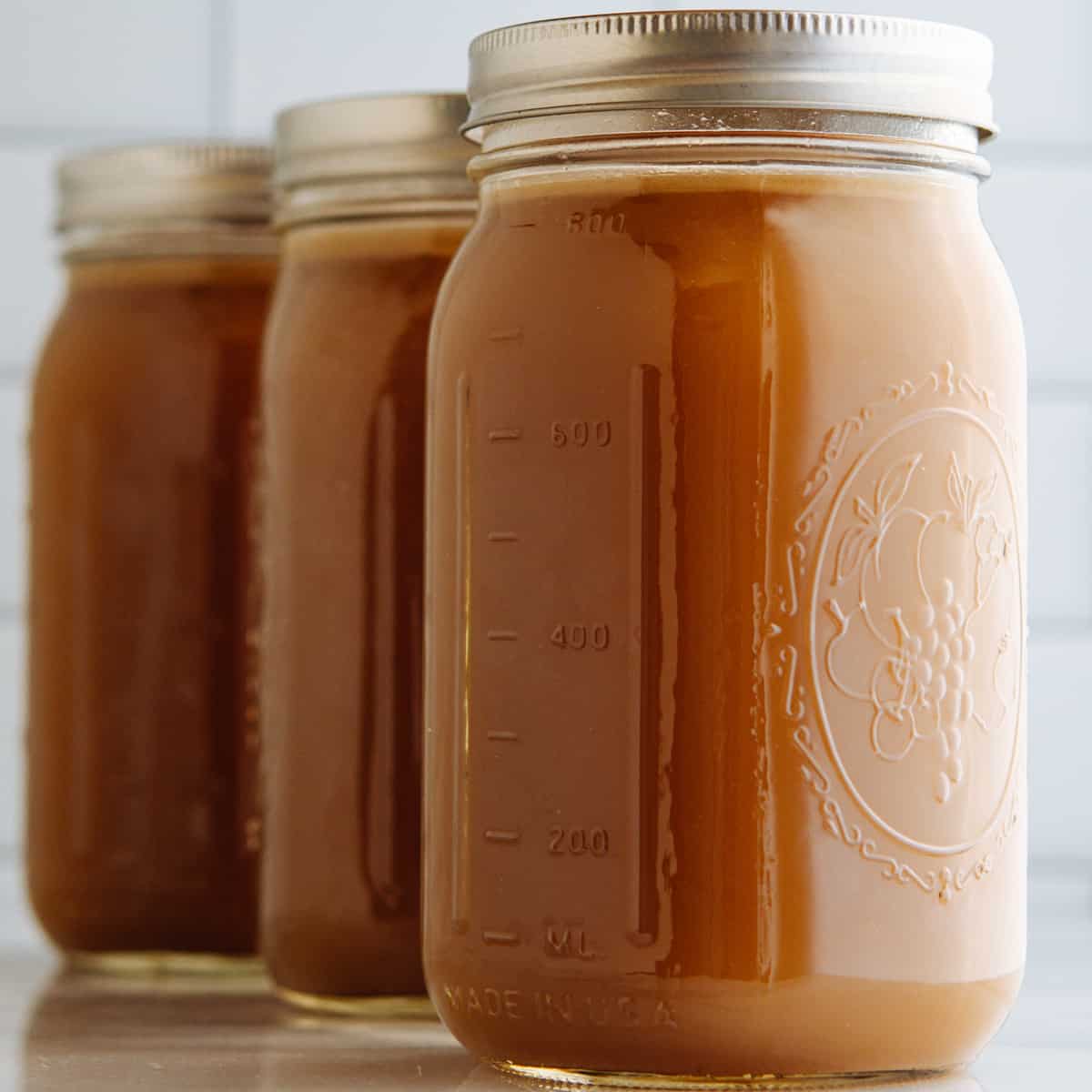

Articles
How To Store Bone Broth
Modified: December 7, 2023
Learn the best ways to store homemade bone broth in this informative article. Follow our step-by-step guide for preserving the freshness and flavor of your nutritious broth.
(Many of the links in this article redirect to a specific reviewed product. Your purchase of these products through affiliate links helps to generate commission for Storables.com, at no extra cost. Learn more)
Introduction
Bone broth has gained popularity in recent years due to its numerous health benefits and versatility in cooking. Whether you’re a health-conscious individual looking to boost your nutrient intake or a food enthusiast eager to experiment with new recipes, storing bone broth properly is essential to maximize its freshness and flavor.
In this article, we’ll explore the various reasons why proper storage of bone broth is crucial, as well as the different methods and containers you can use to store it. We’ll also provide tips on labeling and organizing your batch of bone broth. So, let’s dive in and learn the best practices for storing this nutritious and flavorful liquid.
Key Takeaways:
- Proper storage of bone broth is crucial to maintain its freshness, flavor, and nutritional value. Refrigeration is ideal for short-term storage, while freezing allows for long-term preservation, up to 3-6 months.
- Choosing the right storage container, labeling, and organizing bone broth are essential for efficient use and preventing food waste. Thawing bone broth gradually and reheating gently preserves its flavor and texture, ensuring a delightful culinary experience.
Read more: How To Store Bone Broth In Fridge
Benefits of Bone Broth
Before we delve into the details of storing bone broth, let’s first understand why it has become such a popular staple in many diets. Bone broth is made by simmering animal bones and connective tissues over a long period, extracting valuable nutrients and minerals from the bones into the liquid.
One of the key benefits of bone broth is its rich collagen content. Collagen is a protein that provides structural support to our skin, bones, and joints. Consuming collagen-rich bone broth may help improve joint health, reduce inflammation, and promote healthy skin.
In addition to collagen, bone broth is packed with other essential nutrients, including amino acids, vitamins, and minerals. These nutrients play a vital role in supporting overall health and well-being. They can help boost the immune system, support gut health, enhance digestion, and promote healthy hair and nails.
Furthermore, bone broth is often praised for its potential to support weight loss and aid in the healing process. The gelatin found in bone broth can help curb cravings and promote feelings of satiety, making it a valuable addition to any weight loss regimen. Additionally, the amino acids found in bone broth may contribute to tissue repair and the recovery of muscles and bones.
With its numerous health benefits and rich flavor, it’s no wonder that bone broth has gained popularity in both the health and culinary communities. Now, let’s move on to the next section and discover why proper storage is so important for maintaining the quality of your bone broth.
Importance of Proper Storage
Proper storage of bone broth is essential to maintain its quality, freshness, and nutritional value. Inadequate storage can lead to spoilage, loss of flavor, and potential foodborne illnesses.
One of the main reasons why proper storage is important is to prevent the growth of harmful bacteria. When bone broth is not stored at the correct temperature or in the right conditions, bacteria can multiply rapidly, leading to food poisoning and other health risks.
Another crucial aspect of proper storage is to preserve the flavor and aroma of the bone broth. High-quality bone broth takes time and effort to make, and you want to savor its rich taste and aroma for as long as possible. Proper storage methods help prevent the broth from developing off-flavors or becoming rancid.
Additionally, proper storage allows you to make the most out of your bone broth by extending its shelf life. This is particularly useful if you have made a large batch and want to enjoy it over an extended period. By properly storing your bone broth, you can avoid wastage and maximize its usability.
Lastly, proper storage also facilitates organization and convenience. When your bone broth is stored in containers that are easy to identify and access, you can quickly grab a portion when needed, whether it’s for a soup, sauce, or simply enjoying a warm cup of broth. Proper labeling and organizing methods add to the efficiency and convenience of utilizing your bone broth.
Now that we understand the importance of proper storage, let’s explore the different methods and containers that can be used to store bone broth effectively.
Choosing the Right Storage Container
When it comes to storing bone broth, choosing the right storage container is crucial for maintaining its quality and preventing any potential leaks or contamination. Here are a few factors to consider when selecting a storage container for your bone broth:
- Airtight Seal: Look for containers that have a tight-fitting lid to create an airtight seal. This helps prevent oxygen exposure, which can lead to spoilage and off-flavors.
- Material: Opt for containers made of food-grade materials, such as glass or BPA-free plastic. These materials are non-reactive and will not leach any harmful substances into the bone broth.
- Freezer-safe: If you plan to freeze your bone broth, ensure that the containers are freezer-safe and can withstand low temperatures without cracking or breaking.
- Size and Shape: Consider the portion sizes you usually use and choose containers that are suitable for storing those amounts. Additionally, containers with a wide mouth make it easier to pour and portion out the broth.
- Easy to Clean: Look for containers that are easy to clean and dishwasher-safe, as this will make the cleanup process much more convenient.
Popular options for storing bone broth include glass jars, plastic containers, or freezer bags. Glass jars, such as Mason jars, are a preferred choice for many as they are durable, non-reactive, and environmentally friendly. Plastic containers are lightweight and easy to transport, but make sure they are BPA-free and specifically labeled as safe for food storage. Freezer bags are a practical option, especially if you are short on storage space, but ensure they are made of thick, durable material to prevent any leaks.
Ultimately, choose a storage container that suits your preferences, needs, and available space. The right container will help preserve the flavor and quality of your bone broth, making it enjoyable for longer periods.
Now that we’ve covered the importance of proper storage and choosing the right container, let’s explore the specific methods of storing bone broth, starting with refrigeration.
Refrigerating Bone Broth
Refrigeration is one of the common methods used to store bone broth, especially if you plan to consume it within a few days. Here are the steps to effectively refrigerate your bone broth:
- Cooling: Allow your freshly made bone broth to cool at room temperature for about an hour before refrigerating. This helps prevent condensation, which can affect the quality of the broth and lead to spoilage.
- Container Choice: Transfer the cooled bone broth to a suitable storage container. Glass jars, plastic containers, or even stainless steel containers are all viable options for refrigeration. Ensure that the container has a tight-fitting lid to maintain freshness and prevent any odors from seeping in or leaking out.
- Labeling and Dating: It’s important to label the container with the date it was made and stored. This helps you keep track of its freshness and ensures you use it within a safe timeframe.
- Placement: Choose a designated spot in your refrigerator to store the bone broth. Make sure it is away from raw meats or any other foods that could contaminate the broth.
When properly refrigerated, bone broth can generally stay fresh for 3 to 4 days. However, for optimal safety and quality, it’s recommended to consume refrigerated bone broth within 2 to 3 days.
Refrigeration is an excellent option if you plan to use the bone broth relatively quickly. However, if you’ve made a large batch or want to store it for longer periods, freezing is a viable alternative, which we’ll explore in the next section.
Read more: How To Store Homemade Bone Broth
Freezing Bone Broth
Freezing bone broth is an ideal method for long-term storage, allowing you to preserve its freshness and nutritional value for several months. Follow these steps to properly freeze bone broth:
- Cooling: Similar to refrigeration, allow your bone broth to cool at room temperature for about an hour after cooking. This helps reduce the temperature before placing it in the freezer.
- Container Choice: Choose freezer-safe containers or bags specifically designed for long-term frozen storage. Glass jars can be used as well, but make sure they are made of freezer-safe glass and leave enough headspace to allow for expansion as the liquid freezes.
- Portioning: Divide the bone broth into smaller portions based on your future needs. This way, you can thaw only what you need without having to defrost the entire batch.
- Labeling and Dating: Clearly label each container or bag with the date and contents. Use a permanent marker to prevent the label from smudging or fading over time.
- Freezing: Place the bone broth containers in the freezer, making sure they are positioned upright to prevent any leaks. Leave enough space between containers for air circulation and to ensure even freezing.
When stored in the freezer, bone broth can retain its quality for up to 3-6 months. However, it’s best to consume it within the first 3 months for optimal flavor and freshness.
One advantage of freezing bone broth is that it can be easily thawed and used as needed. Let’s explore the thawing and reheating process in the next section.
Store bone broth in airtight containers in the refrigerator for up to 4-5 days or freeze it for longer storage. Be sure to leave some space at the top of the container for expansion.
Storing Bone Broth in Mason Jars
Mason jars are a popular choice for storing bone broth due to their durability, versatility, and ability to maintain the quality of the liquid. Here is a step-by-step guide on how to store bone broth in Mason jars:
- Cooling: Allow your bone broth to cool at room temperature for about an hour after cooking. This helps prevent breakage when transferring it to the jars.
- Preparing the Jars: Ensure that your Mason jars are clean and sterilized before use. This can be done by washing them with hot soapy water or by running them through a dishwasher cycle. Rinse them thoroughly to remove any residue.
- Portioning: Pour the cooled bone broth into the Mason jars, leaving about 1 inch of headspace at the top to allow for expansion during freezing.
- Sealing: Place the lids on the jars firmly. If using two-piece lids, tighten the bands until they are snug but not overly tight. This allows air to escape during the freezing process.
- Labeling and Dating: Use a permanent marker to label each jar with the date and contents. This helps you keep track of the freshness and prevents any confusion later on.
- Freezing: Place the filled Mason jars in the freezer, making sure they are positioned upright and are not in contact with any other frozen items. Leave enough space between the jars for air circulation.
Mason jars are particularly convenient for freezing bone broth as they can go from freezer to stovetop or microwave for reheating without the need to transfer the broth to another container.
Remember to allow sufficient time for the bone broth to thaw in the refrigerator when you are ready to use it. So, if you plan to use the broth for cooking the next day, transfer the jar from the freezer to the fridge in advance.
Properly stored in Mason jars, bone broth can maintain its quality and freshness in the freezer for several months, allowing you to enjoy its goodness whenever you need it.
Now that you know how to store bone broth in Mason jars, let’s move on to some helpful tips for labeling and organizing your batch of bone broth.
Tips for Labeling and Organizing Bone Broth
When it comes to storing bone broth, proper labeling and organization are key to keeping track of freshness, flavor, and easy accessibility. Here are some helpful tips for labeling and organizing your batch of bone broth:
- Date and Contents: Clearly label each storage container with the date the bone broth was made and stored. Include a brief description of the contents, such as “Beef Bone Broth” or “Chicken Bone Broth.” This will help you identify the age and type of broth quickly.
- Color-Coding: If you frequently make different types of bone broth or variations (e.g., spiced, herb-infused), consider using colored stickers or labels to differentiate them. Assign specific colors for each flavor, making it easier to locate your preferred broth at a glance.
- Storage Rotation: Arrange your bone broth containers in a systematic way to maintain a rotation system. Place the newly made bone broth containers behind the existing ones in the freezer or refrigerator, ensuring that the oldest broth is used first.
- Shelf or Drawer Organization: Allocate a specific shelf or drawer in your refrigerator or freezer space for storing bone broth. This will prevent them from getting buried and forgotten amidst other items, making it easier to find them when needed.
- Use Clear Containers: If possible, opt for transparent containers for your bone broth. This allows you to visually check the condition of the broth without opening the container, reducing the risk of unnecessary exposure and potential spoilage.
- Keep an Inventory: Consider keeping a simple inventory list of your bone broth, noting down the date it was made, type of broth, and quantity. This helps you keep track of your supply and plan your meals accordingly.
- Label Placement: Place labels on the lid or the front of the containers for easy visibility. Avoid placing labels on the bottom, as they may get smeared or erased during handling or stacking.
Applying these tips to label and organize your bone broth will save you time and frustration when retrieving and using the broth. You can enjoy the convenience of quickly finding the broth you desire while ensuring you utilize it within a safe timeframe.
Now that you have learned the best practices for labeling and organizing bone broth, let’s move on to the next section and explore the shelf life of bone broth.
How Long Can Bone Broth Be Stored?
The shelf life of bone broth depends on the storage method you choose and the conditions under which it is stored. Here are some general guidelines for how long bone broth can typically be stored:
- Refrigeration: When refrigerated in airtight containers, bone broth can generally stay fresh for about 3 to 4 days. However, for optimal safety and quality, it’s best to consume refrigerated bone broth within 2 to 3 days.
- Freezing: Freezing bone broth can significantly extend its shelf life. When stored in the freezer at 0°F (-18°C) or below, bone broth can maintain its quality for up to 3-6 months. Although it can remain safe to consume beyond that timeframe, the flavor and texture may deteriorate slightly.
It’s important to note that these timeframes are general guidelines and can vary depending on factors such as the ingredients used, the cooking process, and storage conditions. Always use your senses and judgment to determine if the bone broth is still suitable for consumption.
Furthermore, it’s crucial to follow proper storage practices, including using airtight containers, maintaining the correct temperature, and preventing exposure to oxygen and contaminants. These practices help ensure the bone broth stays fresh and safe for consumption throughout its storage period.
Keeping an organized inventory and labeling system, as mentioned earlier, can also help you keep track of the age of your bone broth and use it within a reasonable timeframe.
Now that you know how long bone broth can be stored, let’s move on to the next section and explore the best ways to thaw and reheat bone broth.
Read more: How To Store Bone Broth In Freezer
Thawing and Reheating Bone Broth
When it comes time to use your frozen bone broth, proper thawing and reheating techniques will help preserve its taste and texture. Here are some guidelines to follow:
- Thawing in the Refrigerator: The best way to thaw frozen bone broth is to transfer it from the freezer to the refrigerator. Allow the broth to thaw slowly in the fridge overnight or for about 24 hours. This gradual thawing method helps maintain the quality of the broth and prevents any potential bacterial growth.
- Thawing in Cold Water: If you need to thaw bone broth quickly, you can place the frozen container in a leak-proof plastic bag and submerge it in a bowl of cold water. Change the water every 30 minutes until the broth is thawed. Avoid using warm or hot water, as it can promote bacterial growth.
- Reheating: Once the bone broth is thawed, it can be reheated using various methods:
- Stovetop: Transfer the thawed broth to a saucepan and gently heat it over low to medium heat. Stir occasionally to ensure even heating. Avoid boiling the broth, as this can affect the flavor and texture.
- Microwave: If using a microwave, transfer the thawed bone broth to a microwave-safe container. Cover loosely to allow steam to escape and prevent pressure build-up. Heat the broth in short intervals, stirring in between, until it reaches the desired temperature.
- Other Cooking Methods: You can also incorporate thawed bone broth directly into soups, stews, sauces, or other recipes that require liquid. Adding the frozen broth directly to the cooking process will allow it to thaw and blend seamlessly with the other ingredients as it simmers or cooks.
It’s important to note that once bone broth has been thawed and heated, it should not be refrozen. Plan portion sizes accordingly and only thaw and heat what you need for each use.
By following these thawing and reheating guidelines, you can enjoy the flavors and benefits of your bone broth while ensuring it is safe to consume.
Now that you know how to thaw and reheat bone broth, let’s wrap up with a few concluding remarks.
Conclusion
Proper storage of bone broth is essential for maintaining its freshness, flavor, and nutritional value. Whether you choose to refrigerate or freeze your bone broth, following the right techniques and utilizing suitable containers can help prolong its shelf life and prevent spoilage.
Refrigeration is ideal for short-term storage, typically lasting up to 3 to 4 days. Freezing, on the other hand, allows bone broth to be stored for up to 3-6 months while maintaining its quality.
When storing bone broth, it’s important to choose containers that are airtight and specifically designed for either refrigeration or freezing. Mason jars are a popular choice for freezing bone broth, as they can be conveniently transferred from freezer to stovetop or microwave for reheating.
Labeling and organizing your bone broth containers play a crucial role in ensuring easy identification, freshness tracking, and efficient use. Properly labeled containers, color-coded systems, and designated storage areas help maintain an organized inventory and prevent food waste.
Thawing bone broth in the refrigerator or using the cold water method is recommended for gradual and safe thawing. When reheating bone broth, gentle heating on the stovetop or in the microwave preserves its flavor and texture without boiling it.
In conclusion, by following the guidelines provided in this article, you can store bone broth effectively, extending its shelf life while enjoying its nourishing benefits. Whether you’re using bone broth for its health benefits or its culinary versatility, proper storage techniques ensure that it remains a flavorful and nutritious addition to your meals.
So, go ahead and stock up on bone broth, choose the right storage container, label and organize your stash, and enjoy the convenience and deliciousness of this nourishing liquid for months to come!
Frequently Asked Questions about How To Store Bone Broth
Was this page helpful?
At Storables.com, we guarantee accurate and reliable information. Our content, validated by Expert Board Contributors, is crafted following stringent Editorial Policies. We're committed to providing you with well-researched, expert-backed insights for all your informational needs.
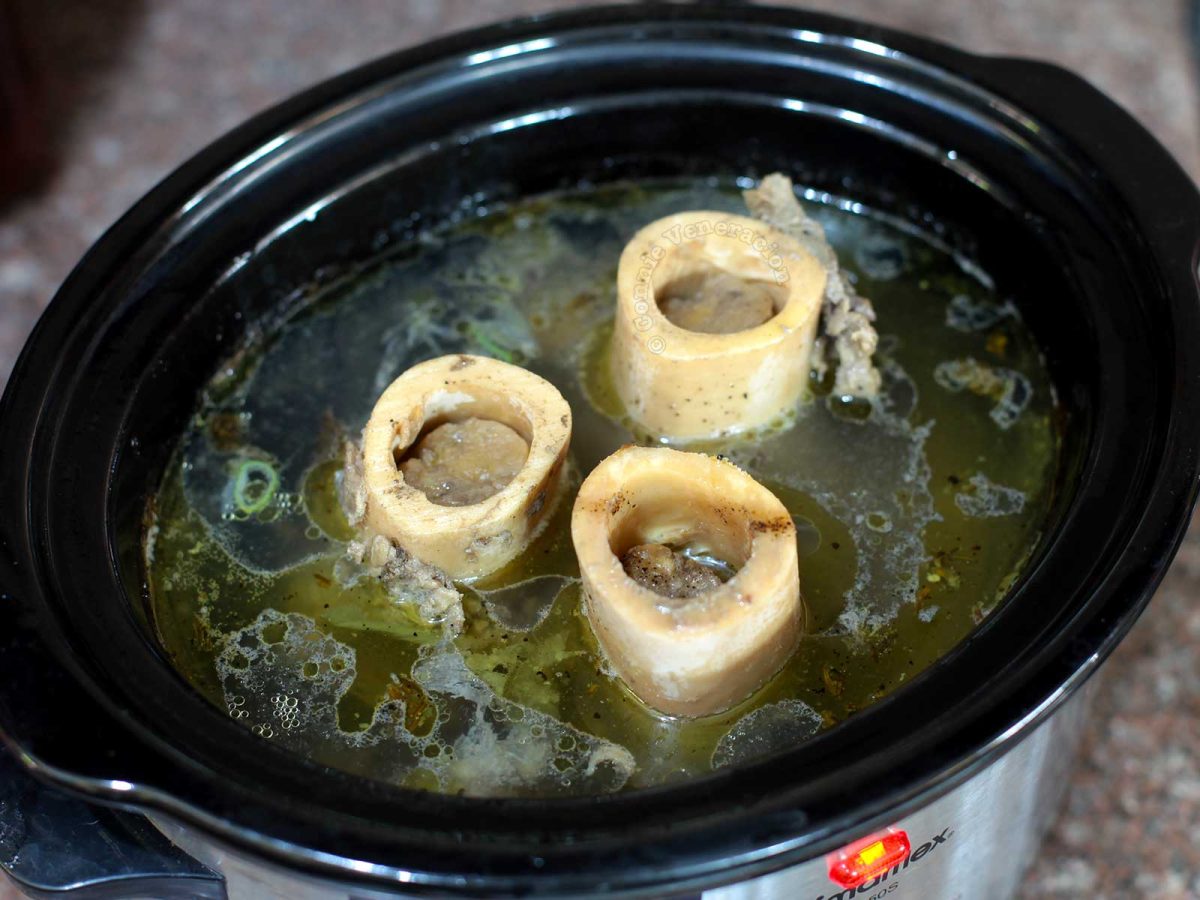

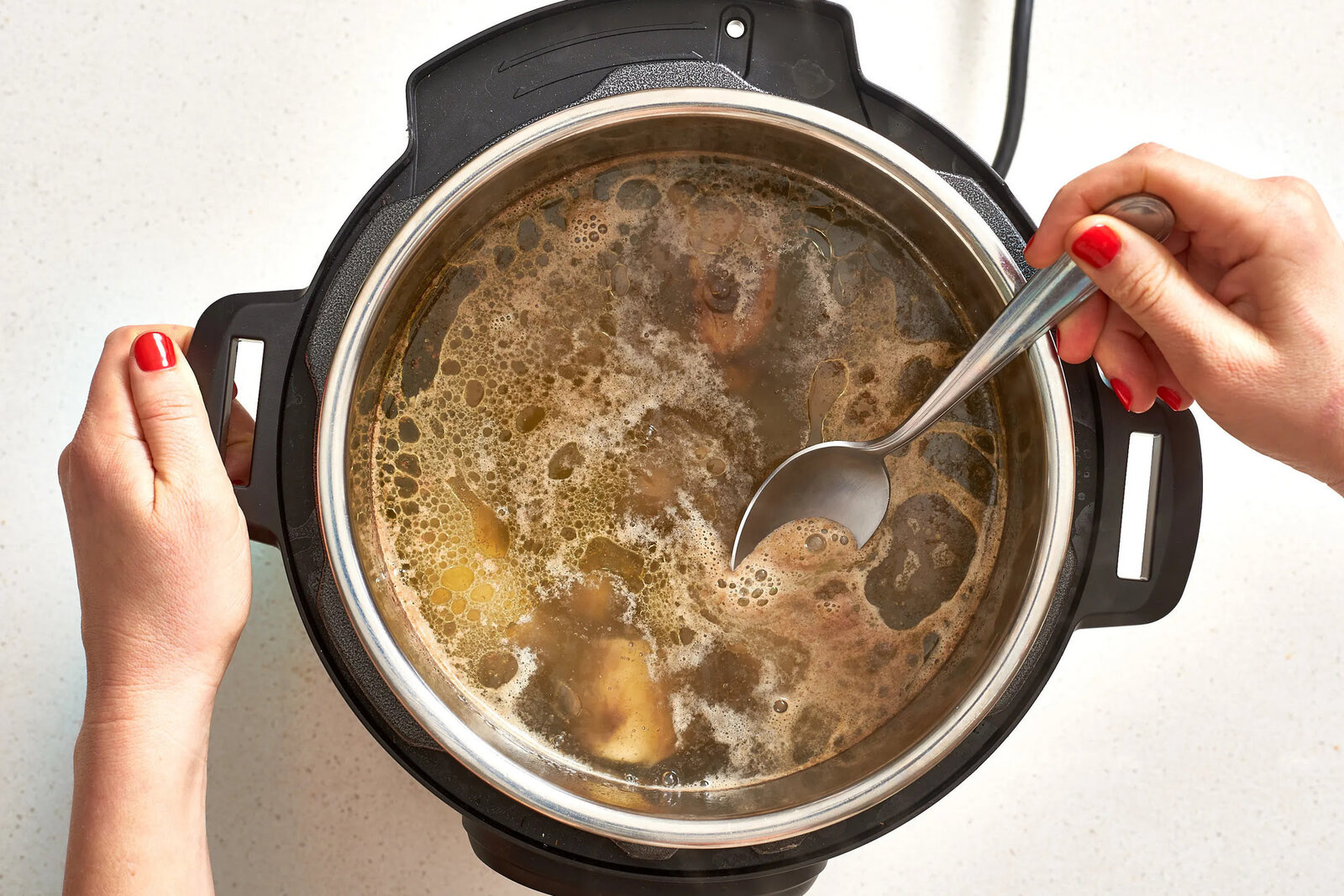
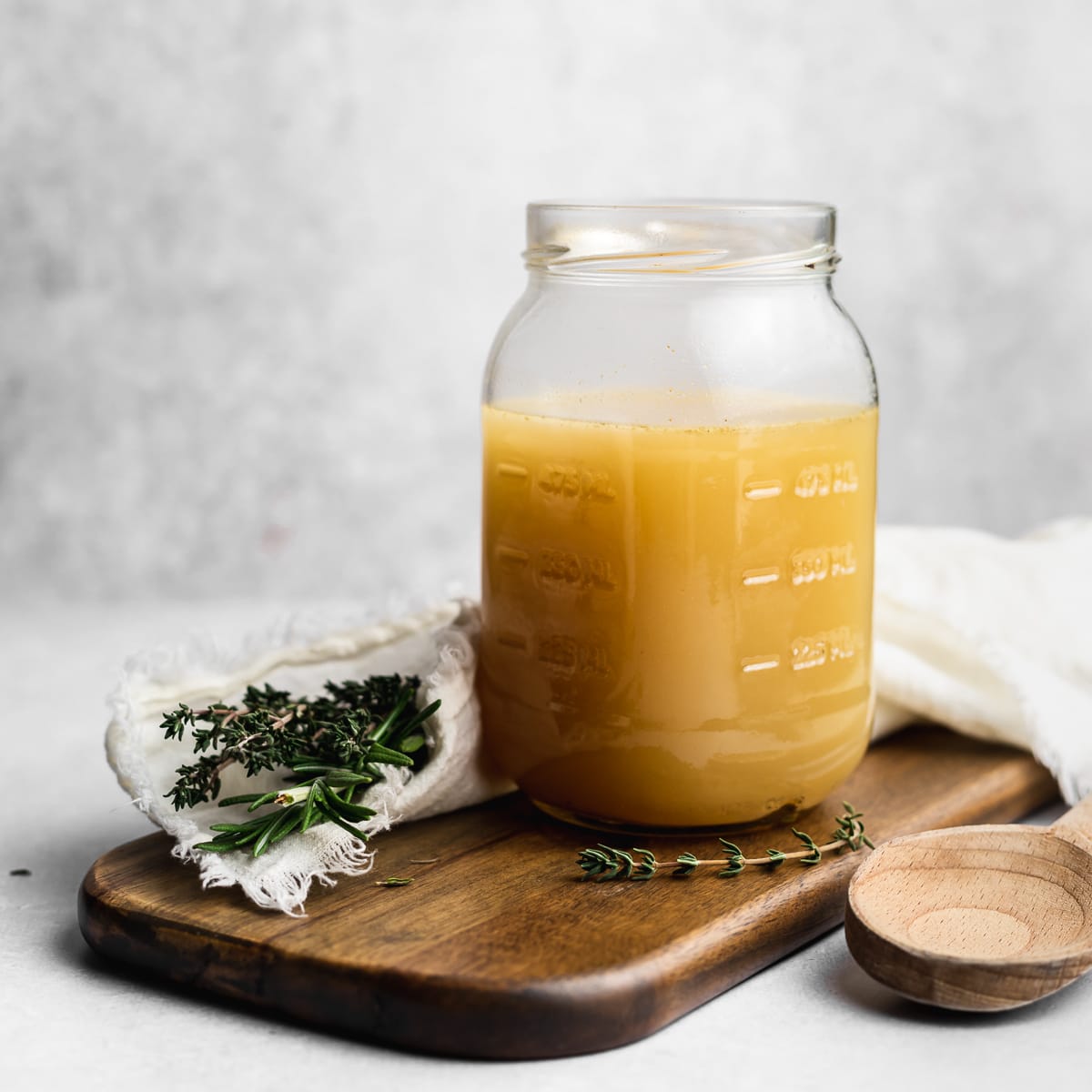
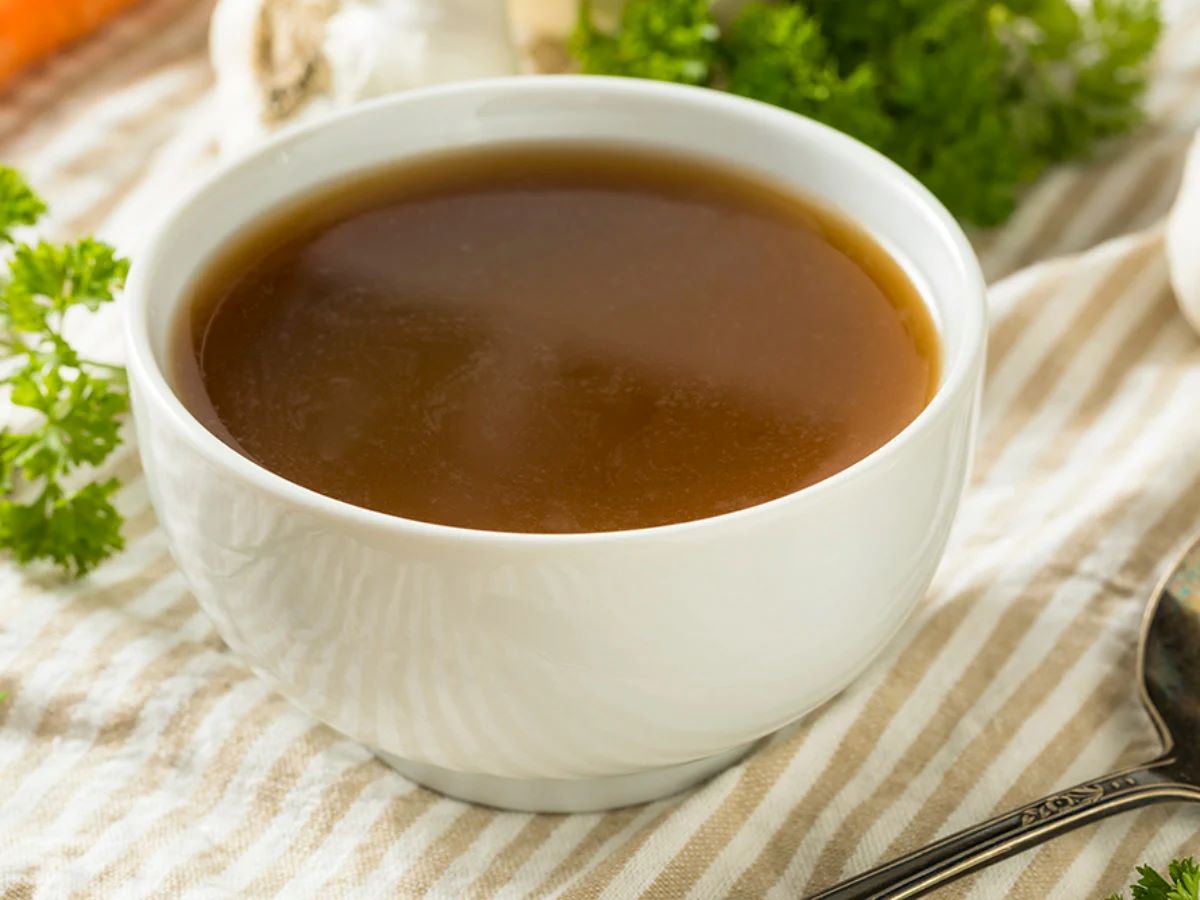
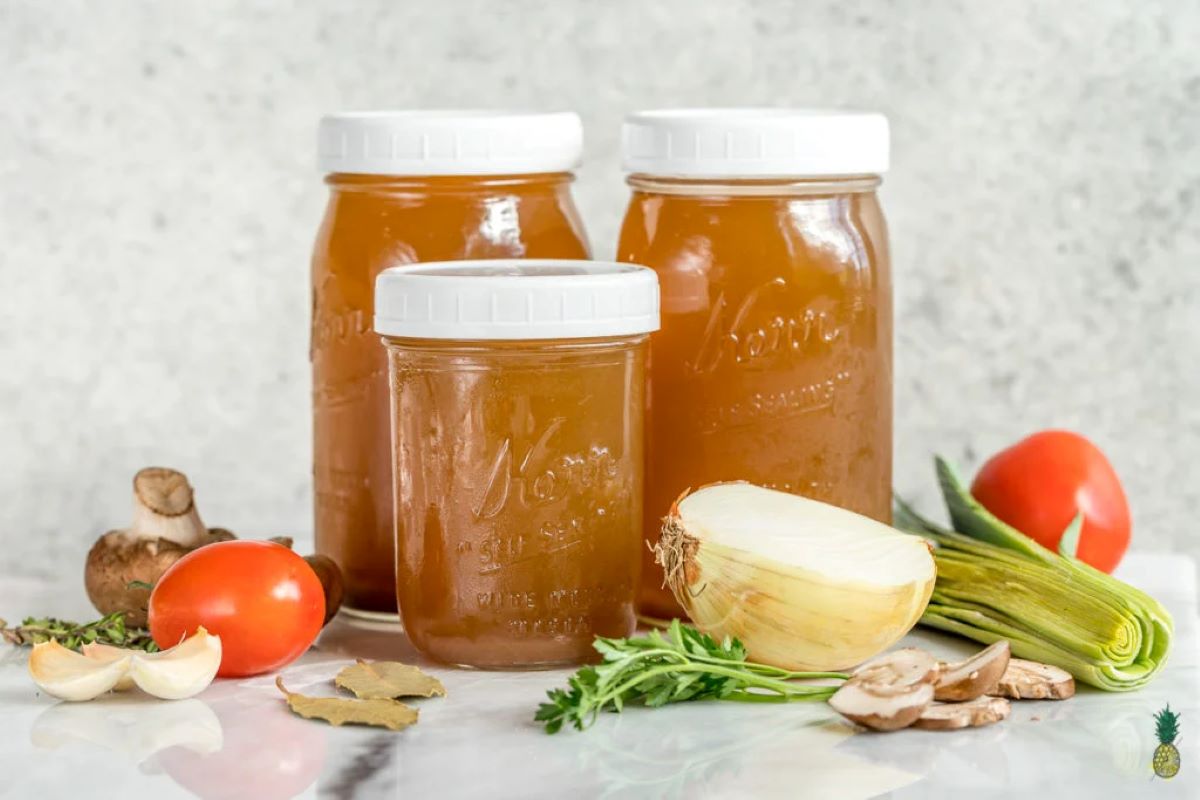
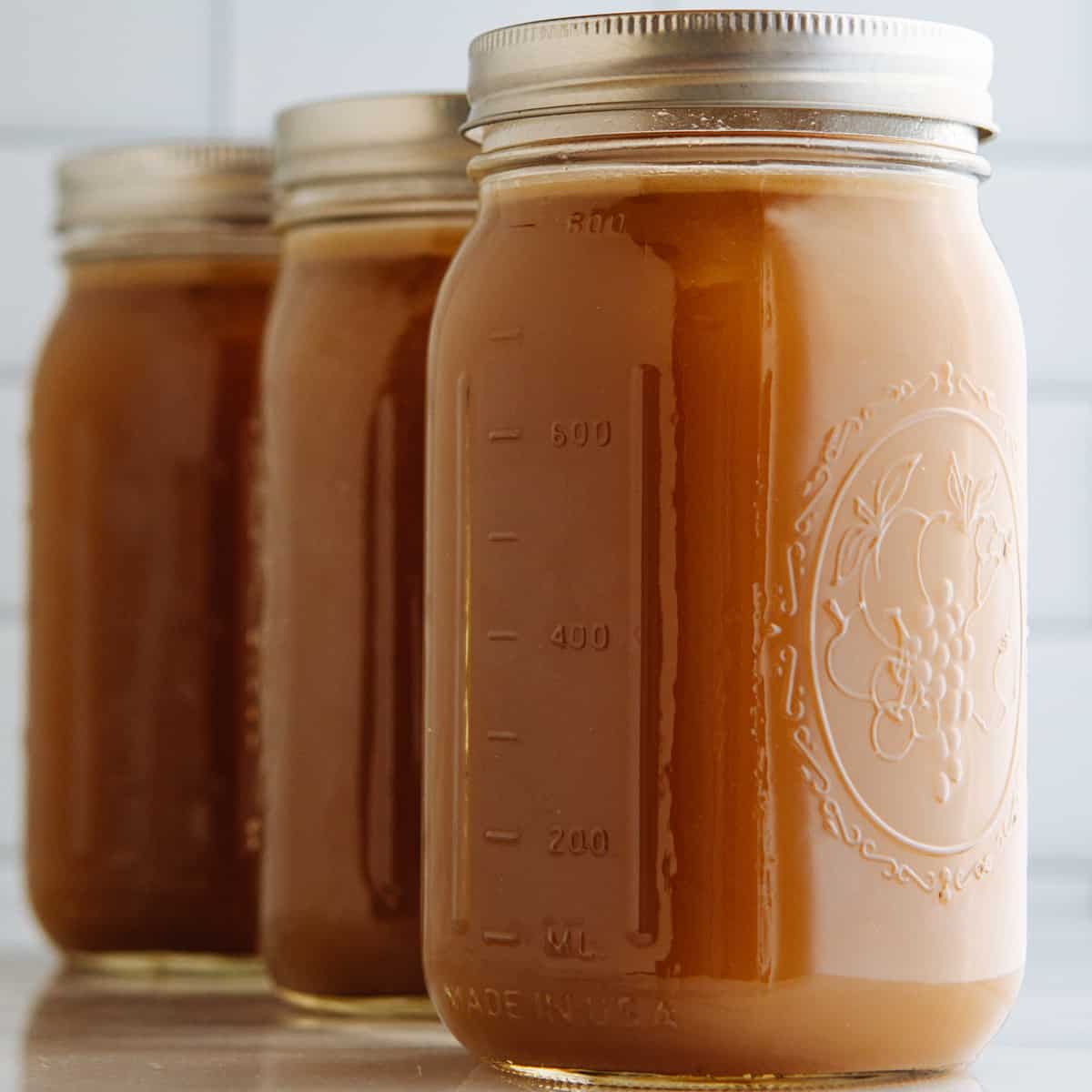
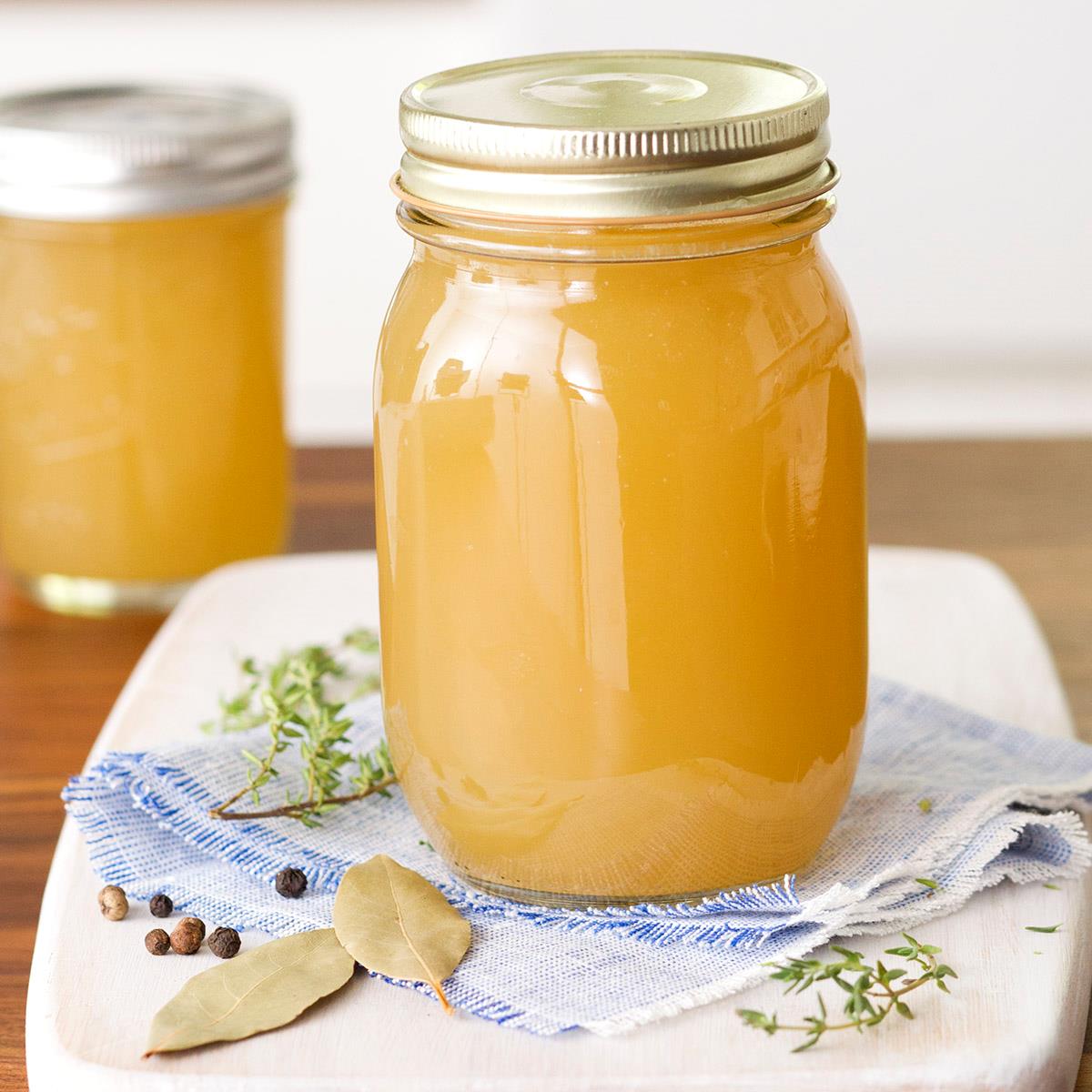
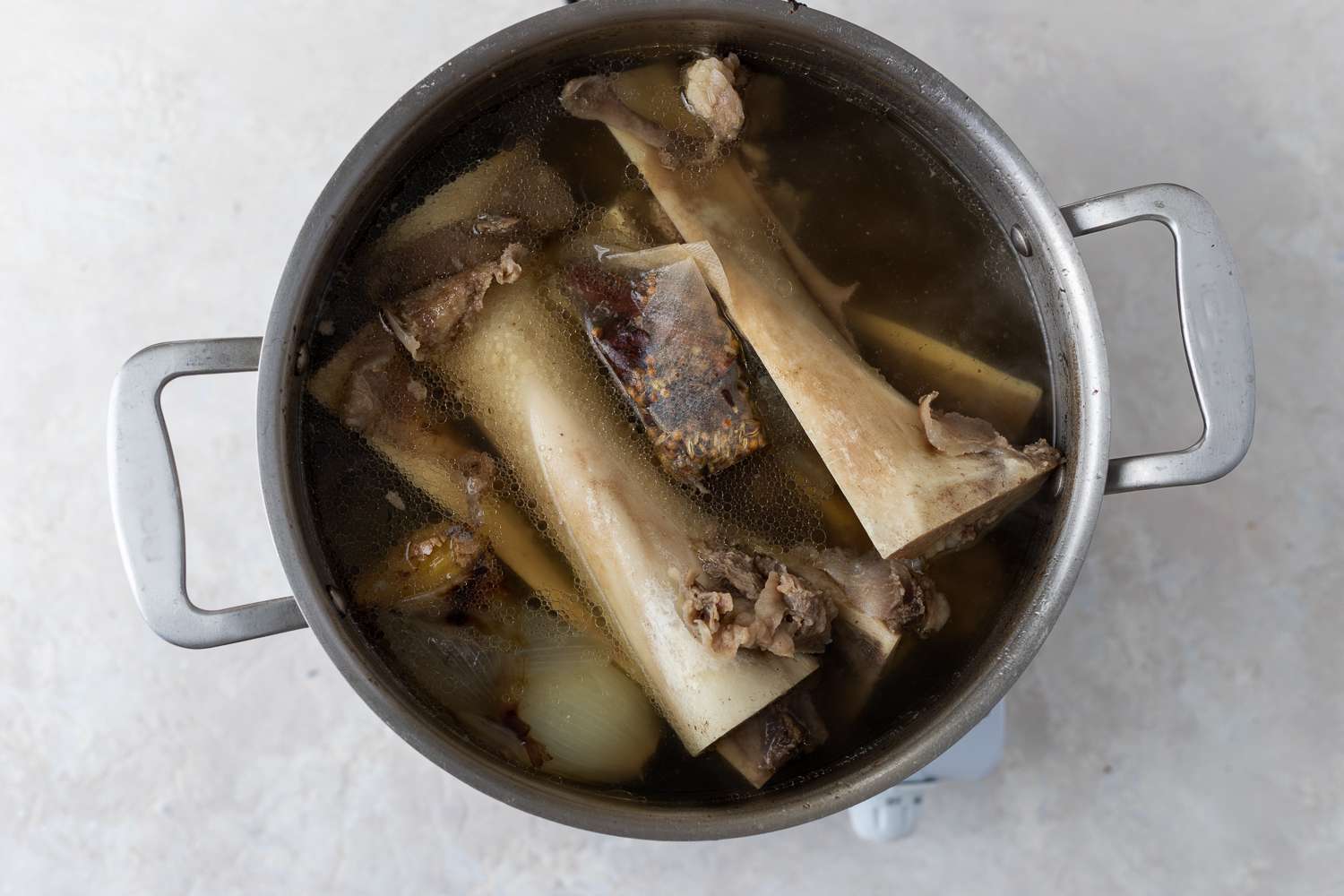
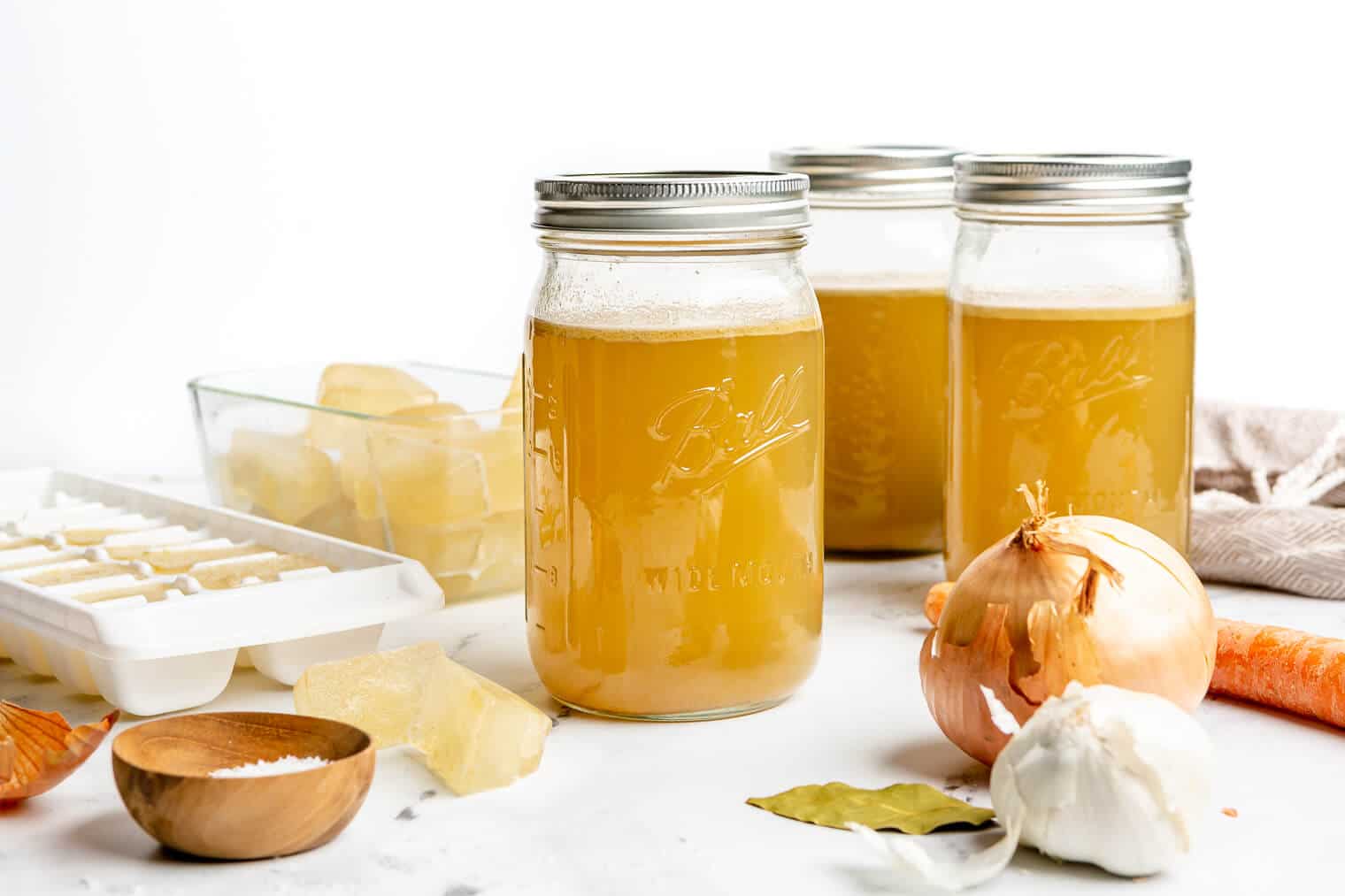




0 thoughts on “How To Store Bone Broth”